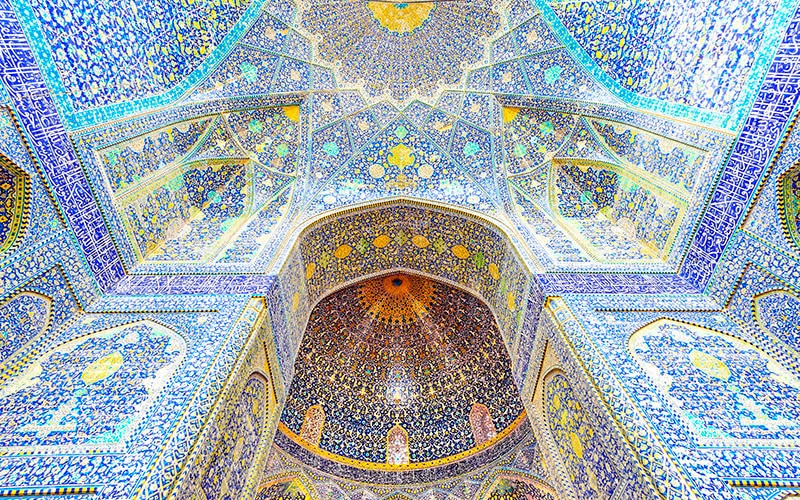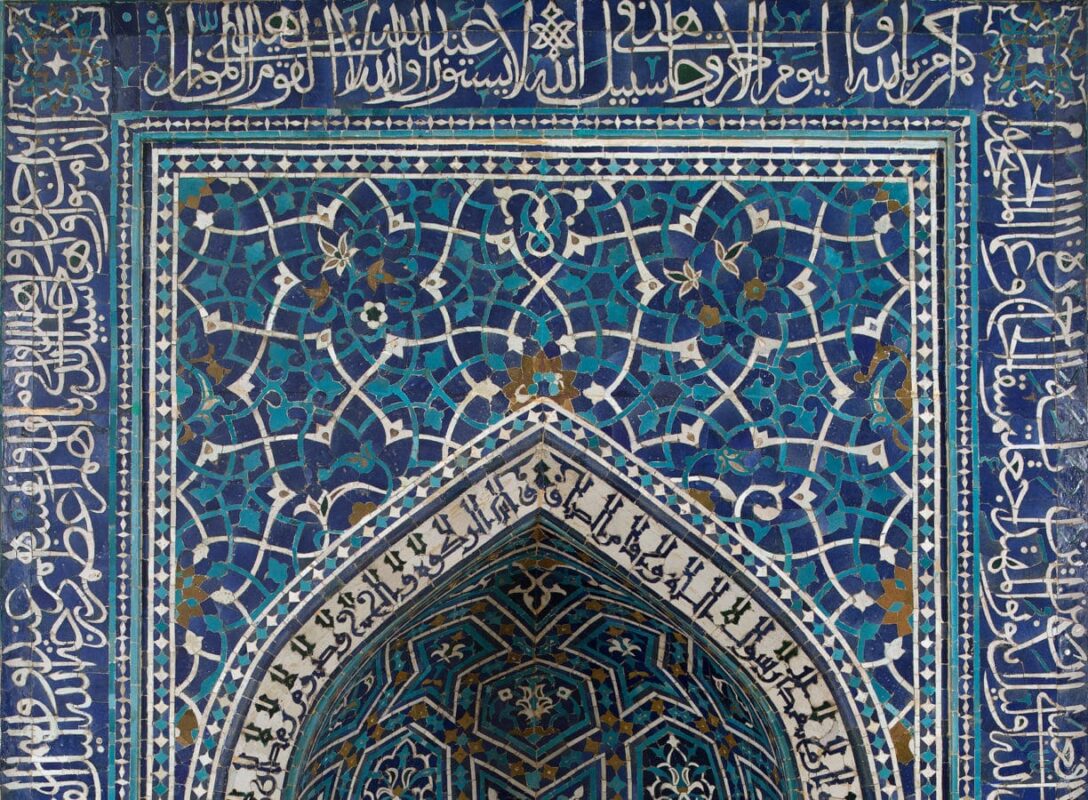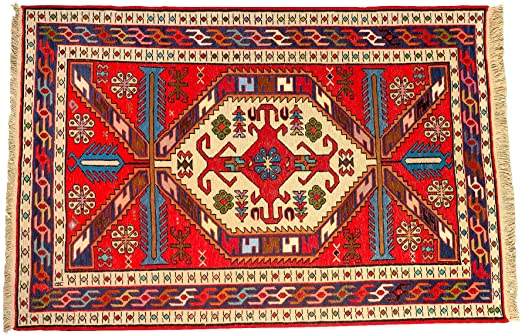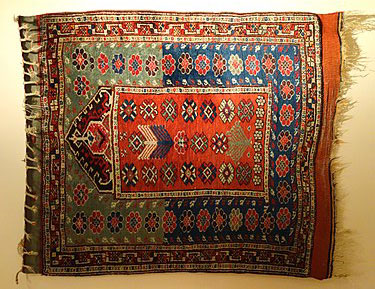THE HISTORY OF CERAMIC TILES
Ceramic Tiles have been used for centuries as decorative touches both inside and outside of buildings of all types, including homes, businesses, places of worship and more. Ceramic tiles are one of the oldest forms used for decorative art ; They’ve been treasured for centuries due to their durability and stunning beauty.
Handmade and hand-painted ceramic tiles have been used since ancient times all around the world. Clay, a natural substance, was easy to find and process into decorative tiles. The resulting tiles were durable and attractive.

Ancient History of Ceramic Tiles
The earliest use of decorative tiles was found in Egypt, dating from about 4000 BC. Tiles were also made by the Assyrians and Babylonians. The Romans and Greeks also favoured decorative tiles.
One of the earliest uses of tiles can be found in the Elamite Temple at Chogha Zanbil, which dates from the 13th century BC. Another beautiful example is the Ishtar Gate of Babylon, from about 575 BC. The Achaemenid Empire also decorated buildings with glazed tiles. Decorative tiles were also prized by the Sassanid Empire, where they were used made into geometric designs including flowers, plants, birds and people.
The Islamic Period
During the Islamic period, decorative ceramic tiles became popular; they were often used as embellishments for both the outside and inside of buildings. You’ll find beautiful tile works in places such as Tunisia (9th century), Kashan Iran (11th century) and many mosques dating from the 12th century and on. Some beautiful examples of Islamic tiles include the Seyyed Mosque in Isfahan, from about 1122 AD, the Dome of Maraqeh (AD 1147), and the Jame Mosque of Gonabad (1212 AD).
Some of the finest and most intricate tile work was done during the Timurid Empire of Persia. They used the moraq technique. This technique used single-colour tiles that were cut into small shapes and put together by pouring plaster in between them, creating panels. Once these were dry and hardened, the panels were put together on the walls of buildings. Not only were these used on flat surfaces, but the panels were also used to cover the interior and exterior surfaces of domes.
The Middle Ages & Tile in Europe
It wasn’t until the Middle Ages that decorative tiles became popular in Europe. They first spread from Spain, in the time of the Moors, and then to the neighbouring countries, finally spreading to the rest of Europe. Tiles were expensive and were only used by the rich who could afford them, especially royalty, churches and ecclesiastic institutions.
Encaustic tiles became popular in Europe. These were made of multiple colours of clay, then shaped and baked together to form patterns. The very pattern wasn’t only on the surface, but went right through the thickness of the tile, making the design durable and not easily worn away.












